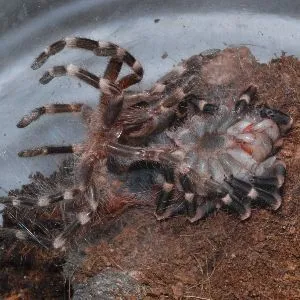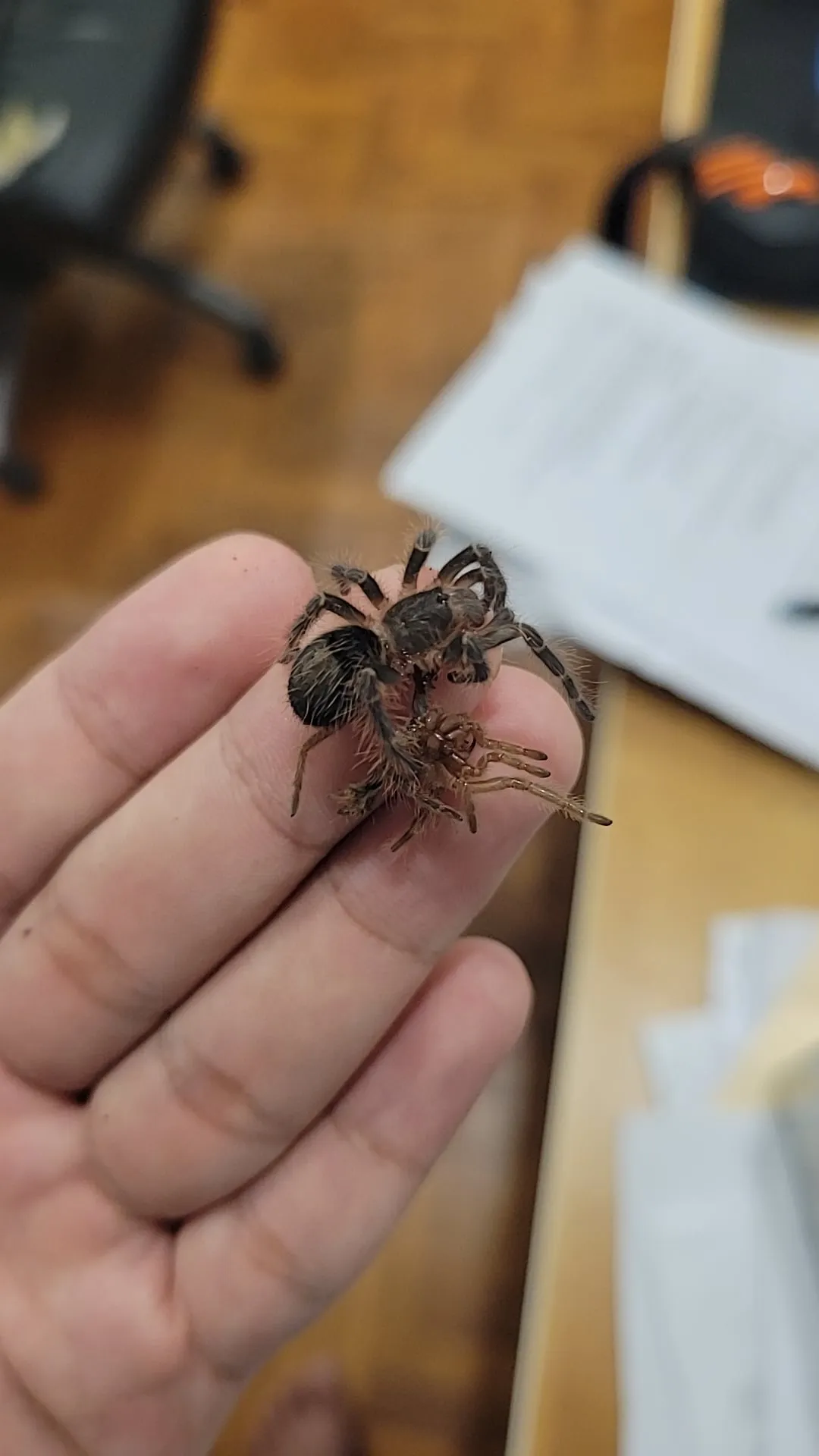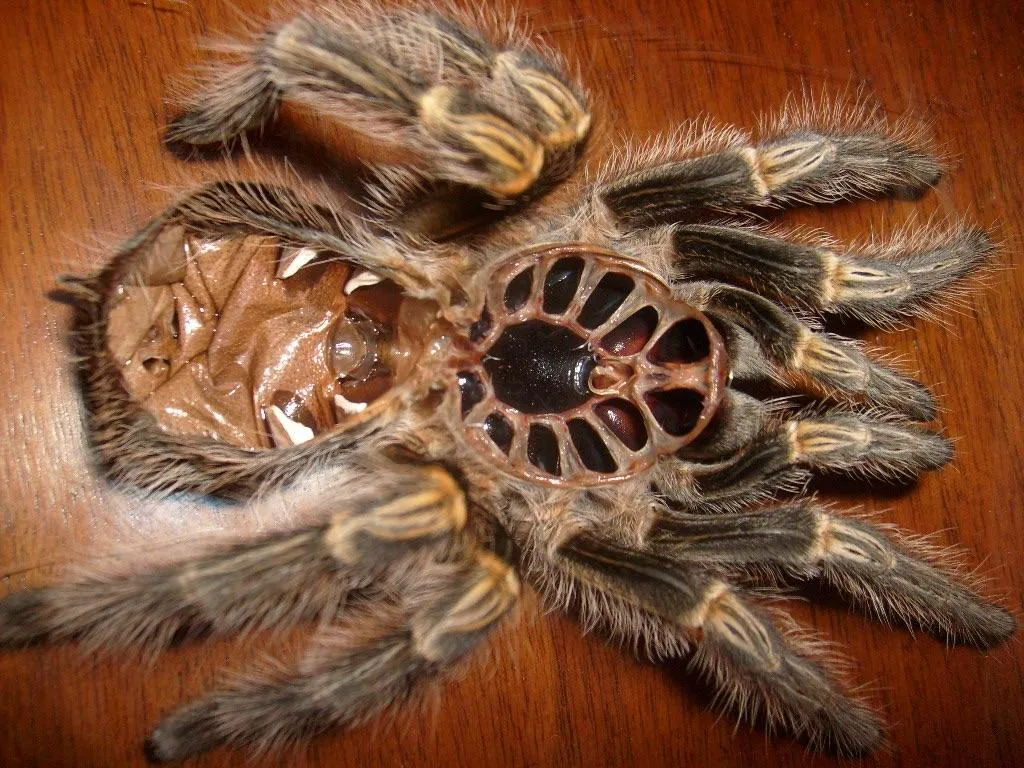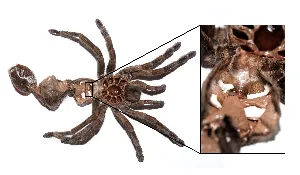What is Tarantula Molting?
Molting is a fundamental biological process for tarantulas, much like shedding skin for snakes or exoskeletons for insects. It’s the way these arachnids grow and replace their rigid outer shell, called an exoskeleton. This exoskeleton, made of chitin, doesn’t grow, so as the tarantula matures, it must shed this restrictive covering to allow for growth. The process isn’t just about getting bigger; it’s a crucial aspect of maintaining overall health, allowing for the regeneration of lost limbs and the removal of parasites. The molting cycle is essential for survival, enabling the tarantula to thrive in its environment and maintain its physical integrity. Understanding molting is fundamental to proper tarantula care, as it directly impacts the spider’s well-being and lifespan.
Why Do Tarantulas Molt?
Tarantulas molt for several essential reasons. Firstly, it’s how they grow. The exoskeleton is a tough, protective shell that doesn’t expand. Therefore, as the tarantula grows, it must shed this outer layer to accommodate its increasing size. Secondly, molting allows tarantulas to regenerate lost limbs. If a tarantula loses a leg or a pedipalp, it can regrow it during a molt. Each subsequent molt brings the regenerated limb closer to its original form. Thirdly, molting removes parasites and debris. The process effectively cleans the tarantula, shedding any external parasites or unwanted particles that have accumulated on its exoskeleton. Finally, molting is a way to maintain the health of internal structures. The lining of the tarantula’s book lungs and other internal organs are also shed, ensuring they remain clean and functional. This multifaceted process underscores the importance of molting for a tarantula’s overall health and survival.
The Molting Process

The molting process is a fascinating and delicate event. It begins with the formation of a new, soft exoskeleton beneath the old one. This process is called apolysis, where the epidermis separates from the old exoskeleton. Then, the tarantula will typically stop eating and become lethargic, spending most of its time in hiding. During the molt, the tarantula positions itself on its back, sometimes for hours, as it carefully extracts itself from the old exoskeleton. The old exoskeleton splits open, usually along the carapace and abdomen, allowing the tarantula to wriggle free. The spider emerges with a new, soft exoskeleton, which will harden over the next few days. During this period, the tarantula is very vulnerable, and any disturbance can be life-threatening. It’s crucial to leave the tarantula undisturbed during and after a molt to ensure a safe and successful outcome.
Preparing for Molting
Preparing for a molt is a critical phase in a tarantula’s life. One key indicator is a change in the tarantula’s behavior. They often become less active, refusing food, and may spend more time in their burrow or hiding spot. Providing a suitable environment is essential during this period. The enclosure should be kept at the appropriate temperature and humidity levels, as these factors can influence the molting process. Ensure there are no potential hazards, such as sharp objects or items that could harm the soft, new exoskeleton. It’s also advisable to maintain a relatively undisturbed environment; avoid handling the tarantula or making sudden changes to its enclosure. Keeping the substrate slightly moist can also help facilitate the molting process, but avoid excessive humidity that could lead to other problems. By providing a calm and stable environment, you significantly increase the chances of a successful molt.
Signs of an Upcoming Molt
Several telltale signs indicate a tarantula is preparing to molt. One of the most noticeable signs is a change in the abdomen’s appearance. The abdomen may appear dark, swollen, and shiny. You might also observe a bald spot, indicating that the tarantula is close to molting. The tarantula’s behavior will often change; they may become less active, spending more time in hiding, and refusing food. Some tarantulas will also create a web mat or seal themselves in their burrows. Another key indicator is a change in color; the tarantula’s overall color may become duller, and you might notice the new exoskeleton forming underneath the old one. Keep a close eye on these changes and behavior to prepare for the molting process. This knowledge will help you create a safe environment for your tarantula during this vulnerable period. Recognizing these signs allows you to provide the best possible care and minimize stress on your pet.
Post-Molt Care

After a successful molt, the tarantula will have a soft, vulnerable exoskeleton. It’s crucial to provide specific care during this period. Firstly, do not feed the tarantula for at least a week or until the fangs have fully hardened; otherwise, you risk causing severe injury. The new exoskeleton needs time to harden before the tarantula can effectively handle prey. Maintain the appropriate humidity and temperature levels in the enclosure. Ensure the tarantula has access to fresh water. Avoid handling the tarantula or disturbing its environment to minimize stress. Observe the tarantula for any signs of problems, such as difficulty moving or eating. When the tarantula resumes feeding, offer small, appropriately sized prey. These initial feedings should be easy to manage, as the spider may not be able to handle large meals. By following these guidelines, you can support your tarantula’s recovery and ensure its health and well-being after molting.
How Often Do Tarantulas Molt?
The frequency of tarantula molting varies significantly depending on several factors. Generally, younger tarantulas molt more frequently than adults. Spiderlings may molt every few months, while mature adults molt much less often, sometimes only once a year or even less. The frequency decreases as the tarantula ages. The species also plays a role; some species grow and molt faster than others. Additionally, environmental factors, such as temperature, humidity, and food availability, can influence molting frequency. Higher temperatures and more frequent feeding may slightly accelerate growth and, consequently, molting. Maintaining consistent and appropriate environmental conditions helps to regulate the molting cycle. It’s important to understand that each tarantula is unique, and its molting schedule will depend on its individual characteristics and environment. Keep a record of molting events to track patterns and any unusual changes.
Factors Affecting Molting Frequency
Several factors affect how often a tarantula molts. The most significant is age. Younger tarantulas, or spiderlings, molt more frequently as they grow rapidly. As they mature, the molting frequency slows down. Food availability and diet also influence the molting cycle. A tarantula that is well-fed and has a consistent food supply is more likely to molt more frequently than one that is underfed. However, overfeeding can lead to other health issues. Environmental factors, such as temperature and humidity, can affect molting. Optimal temperature and humidity levels can support healthy molting. Lastly, species differences play a role; some tarantula species are known to molt more or less frequently than others. By considering these factors and providing the appropriate environment, you can support your tarantula’s health and well-being. Be observant and adjust care as needed to best accommodate your tarantula’s individual needs. Remember that each spider is unique, and the molting frequency will vary.
Troubleshooting Molting Problems

Molting problems are relatively uncommon, but they can occur. One of the most common issues is a stuck molt, where the tarantula has difficulty shedding its old exoskeleton. This often happens due to low humidity or dehydration. If you observe a stuck molt, you might need to gently assist the tarantula by misting the enclosure with water or increasing humidity. Another potential problem is a failed molt, which can happen if the tarantula is too weak or has underlying health issues. If the tarantula is unable to complete the molting process, it may die. It is important to provide the appropriate environmental conditions and ensure the tarantula is healthy and well-nourished. Avoid handling or disturbing the tarantula during the molting process. Prevention is key; ensuring the proper temperature, humidity, and diet can minimize the risks. If problems persist, consult a veterinarian or experienced tarantula keeper for guidance. Early intervention and proper care can often resolve these issues and ensure the tarantula’s survival.
